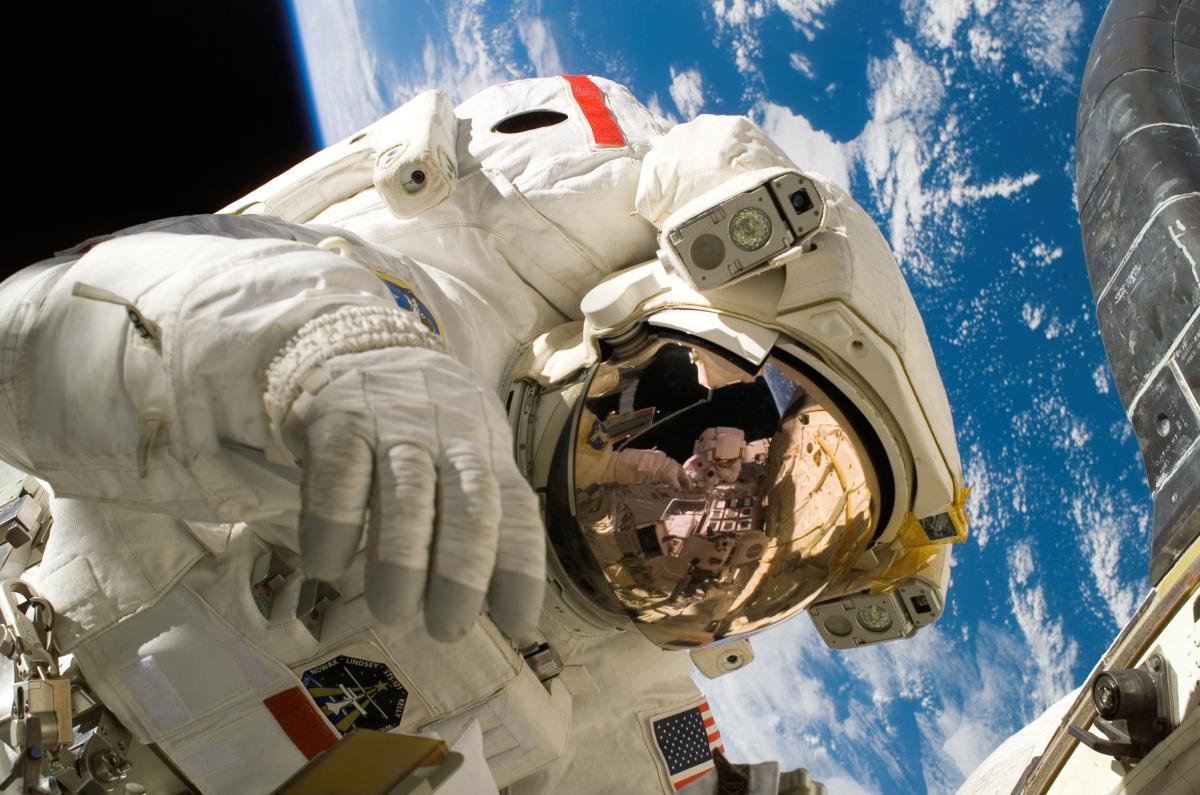
Students will be constructing a personal pinhole theater that is very similar to early cameras and shows what the world would look like if our eyes did not properly function (upside down!) This is a

This lesson plan will help students gather and analyze data from a climate of a small-scale area such as the football field, parking lot and botanical garden.

This lesson uses knowledge gained in parts 1 and 2 of this lesson. This lesson can be done independently if you do not have the other materials. Students will use many types of Snap Circuit sets to

Using "The Yummy Alphabet Book" as a read aloud/ discussion starter, students will investigate the growth and taste of cilantro by growing it from seed to compare/contrast the function, size, and

Students are learning to add, subtract, multiply and divide rational numbers using various numbers on a mat and driving an Edison robot to determine what rational numbers will be used.

Fashion design and apparel engineering is a multidisciplinary field that combines the knowledge of engineering, technology, math, science, and the arts with the creativity of fashion design. In this

Quail Farming
Students will learn about the three pillars of sustainability through their quail farm. They will incubate, raise and restock their quails in order for them to be sustainable regardless of what

In this engaging lesson, students will learn about genetics and create their own characters in which they will find a mate and create an offspring. They will use traits and Punnett Squares to create

Students take on the roll of working for an ad agency, creating a new experience that tours the human body. Students will pick one body system and create an entertainment venue that has attractions

In this engaging lesson, students will research and design rhythm sticks. They will use them in music and PE class to exercise and create music with. This hands-on lesson incorporates multiple areas

Students will create a small solar fountain in this lesson. You will begin the lesson by discussing the concept of solar energy and its benefits as a renewable energy source. Students will understand

This inviting lesson works in elementary/middle school classes. It’s ideal for independent centers & enrichment clubs. Additional challenges are easy to add. Check out my student Building Permit

This is an adaptation of an HHMI BioInteractive activity. Students use graphics of scenes from two different areas where Rock Pocket Mice are evolving due to a change in environmental conditions (ie

In this lesson plan, students will use Tinkercad to create a representation of a fraction in 3D. After, they will team up with other students to find the sum of the two fractions.

Students will make a connection between force, mass, and acceleration (more so velocity). They will design and conduct an experiment to explain how different sized rocks have different outcomes on

This is an unplugged screen free introduction to coding for Kindergarten and 1st grade students. They use colors and arrows to code a robot through a path maze. In parts 1 & 2 students learned about

This is an unplugged screen free introduction to coding for Kindergarten and 1st grade students. They use colors and arrows to code a robot through a path maze. In part 1 students will learn the

Using the Binary alphabet, students will create secret messages that may be found on Valentine's candy hearts.

Students research desert organisms and create a dynamic food web system model using Loopy.

This lesson includes slides sharing an introduction to 3D printing and how it works. Students will then research ways 3D printing is used in the real world.

Students will design a wind powered coach to take Cinderella to the ball using paper, straws, and life savers. They will be able to work with a group to design, test, and revise their idea before

Students will use inquiry to see the conversation of energy by burning up oxygen and sugars to see Carbon Dioxide present in a system and create energy.

This lesson is the final lesson after teaching all four of Earth's Spheres. The lesson is designed to show the interaction between the Earth's spheres. Students will be assigned two spheres and then

This lesson takes place in a classroom for 3 hours, where students will work in small groups of 2-3. to design and create 3-dimensional models of either a plant cell or an animal cell. This lesson
